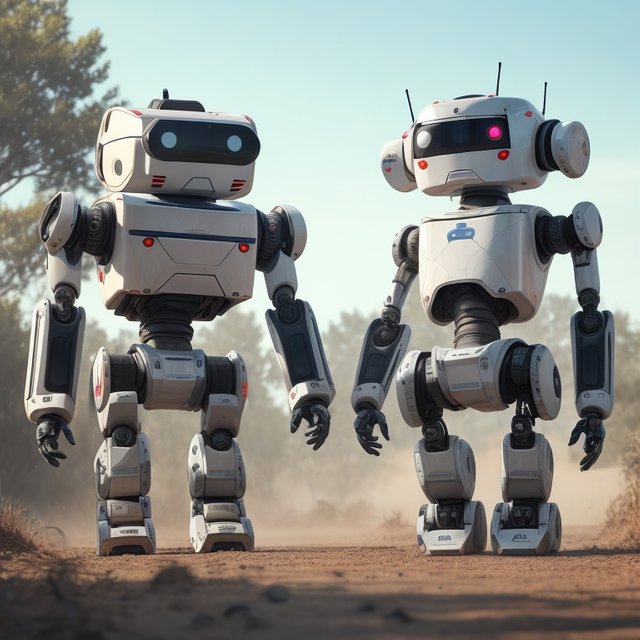Autonomous robots are robots that are able to operate independently of human control. They are equipped with sensors and software that allow them to perceive their environment, make decisions, and plan and execute actions. Autonomous robots are still in their early stages of development, but they have the potential to revolutionize many industries and aspects of our lives.
Benefits of Autonomous Robots
There are a number of benefits to autonomous robots, including:
Increased productivity: Autonomous robots can work faster and more efficiently than humans, which can lead to significant productivity gains.
Improved quality: Autonomous robots can perform tasks with a high degree of accuracy and repeatability, which can help to improve product quality.
Reduced costs: Autonomous robots can help to reduce labor costs, as well as other costs such as energy and materials.
Improved safety: Autonomous robots can be used to perform tasks that are dangerous or repetitive, which can help to improve safety for workers.
New capabilities: Autonomous robots can perform tasks that are impossible or difficult for humans to do, such as exploring hazardous environments or working in extreme conditions.
Applications of Autonomous Robots
Autonomous robots are already being used in a variety of industries, including:
Manufacturing: Autonomous robots are used in manufacturing to perform tasks such as welding, painting, assembly, and quality control.
Logistics: Autonomous robots are used in logistics to perform tasks such as picking and packing products, transporting materials, and loading and unloading trucks.
Agriculture: Autonomous robots are used in agriculture to perform tasks such as planting and harvesting crops, weeding, and spraying pesticides.
Healthcare: Autonomous robots are used in healthcare to perform tasks such as delivering medications, assisting with surgery, and providing rehabilitation services.
Military: Autonomous robots are used in the military to perform tasks such as reconnaissance, surveillance, and target acquisition.
Challenges of Autonomous Robots
There are a number of challenges that need to be addressed before autonomous robots can be widely deployed. These challenges include:
Safety: Autonomous robots need to be safe to operate around humans and other robots.
Reliability: Autonomous robots need to be reliable and able to operate in a variety of environments.
Cost: Autonomous robots need to be affordable to purchase and maintain.
Ethics: There are a number of ethical concerns that need to be addressed regarding the development and use of autonomous robots, such as the potential for job displacement and the use of autonomous weapons.
Conclusion
Autonomous robots have the potential to revolutionize many industries and aspects of our lives. However, there are a number of challenges that need to be addressed before autonomous robots can be widely deployed. These challenges include safety, reliability, cost, and ethics.
Despite the challenges, autonomous robots are a rapidly developing field of technology. As autonomous robots become more sophisticated and affordable, they are poised to play an even greater role in our lives in the years to come.
